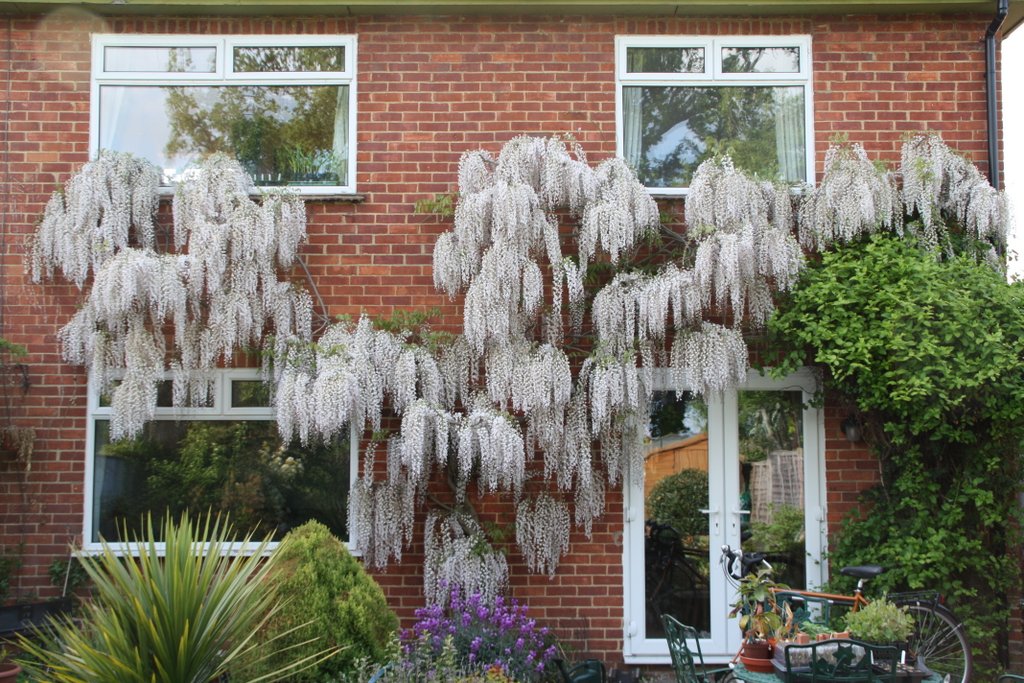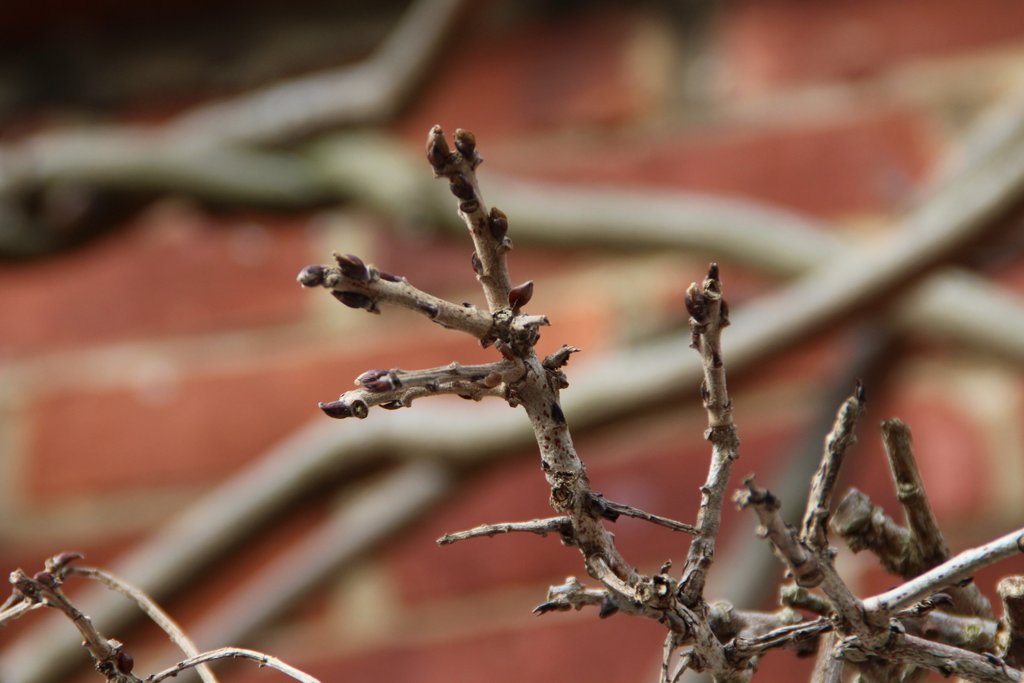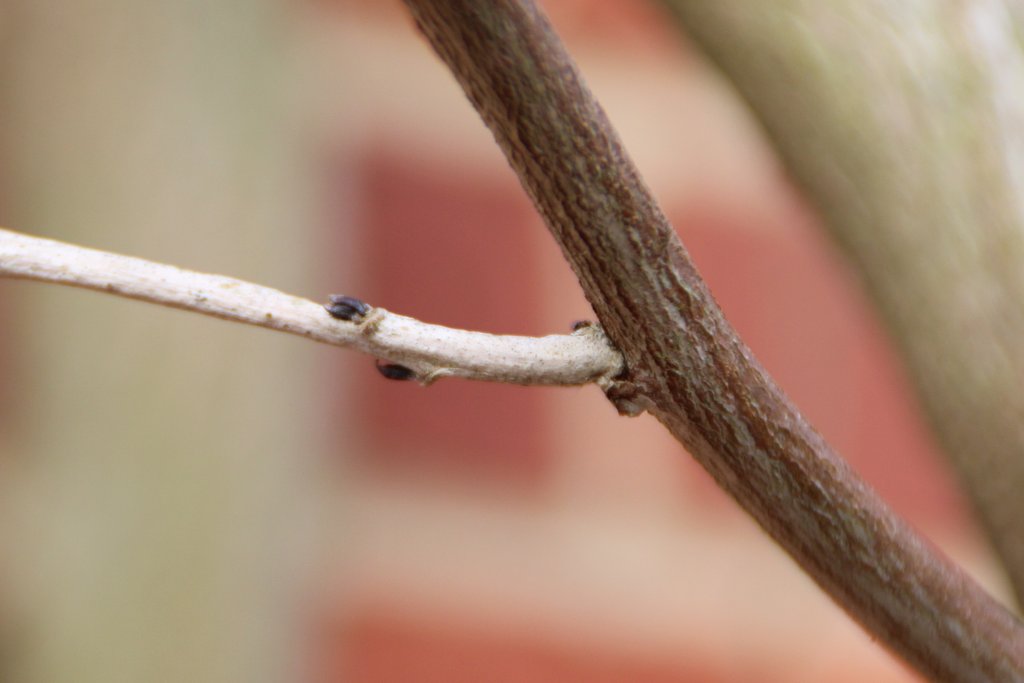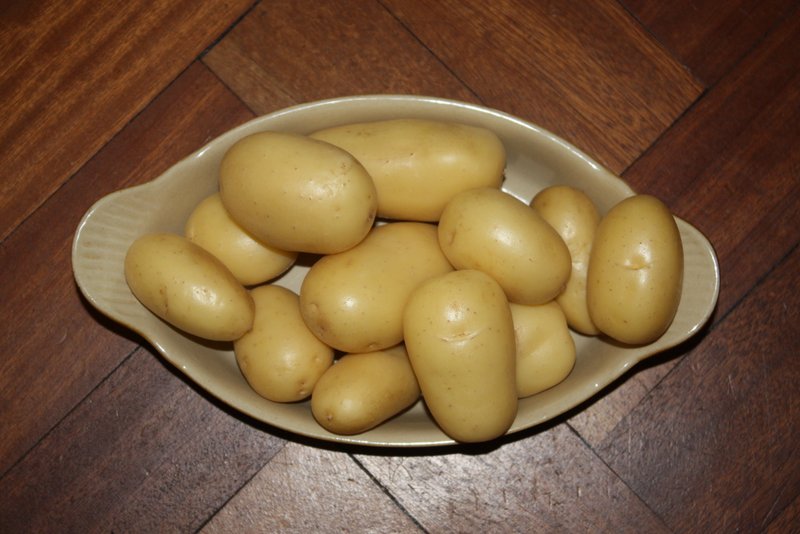This month’s choice for an ornamental plant was pretty easy and is Wisteria. The cascades of scented flowers from a mature Wisteria are a real indication that spring is on the verge of turning to summer. There are many different types available with variants on the classic purple and white flowers and also a new pink-flowered cultivar. This photo is of a white one that we had been cultivating for about 15 years at the time of taking the picture.
Vigour and flower shape and colour will be down to personal choice, but we’d suggest always considering a scented Wisteria as they tend to be in bloom at just the time that it is getting warm enough that you might be thinking of evenings in the garden.
Wisteria are not difficult to prune, but it is important that they are pruned both in summer and winter. Summer pruning keeps the new growth under control and encourages the development of flowering wood, while winter pruning allows the development of the overall shape of the plant. A classic pruning mantra is “7 and 2″ which means trimming new growth back to 7 buds in July (the 7th month) and 2 buds in February. We tend to be a bit more pragmatic and cut back new growth in the summer when it starts to get out of hand, especially if it threatens windows and gutters. Often this will mean two or three rough trims in the summer to keep the plant tidy. The winter/spring pruning is the important one for maintaining the shape and ensuring that you get a good display of flowers.
Pruning in February or March means that the flowering buds have started to swell so it is easier to see the difference between flower buds and vegetative buds. The flower buds are fatter and are found on older mature wood. Identifying the flower buds means that you can prune in such a way as to maximise flowering in May.
One of the edible crops that we try to have ready by the end of May is the first new potatoes of the year. We sow them in February in bags in the greenhouse, earthing the bags up to keep the growing tips covered in case the temperature in our unheated greenhouse drops below freezing. Once growth starts they come on quickly so might need covering up every few days. Once the frosts have passed the bags go outside to maximise the light reaching the leaves ensuring that the tubers develop as quickly as possible. The aim is to have the first tubers ready by the Whitsun weekend, but we are then eating from the bags for the next month or so until the tubers in open ground mature.




